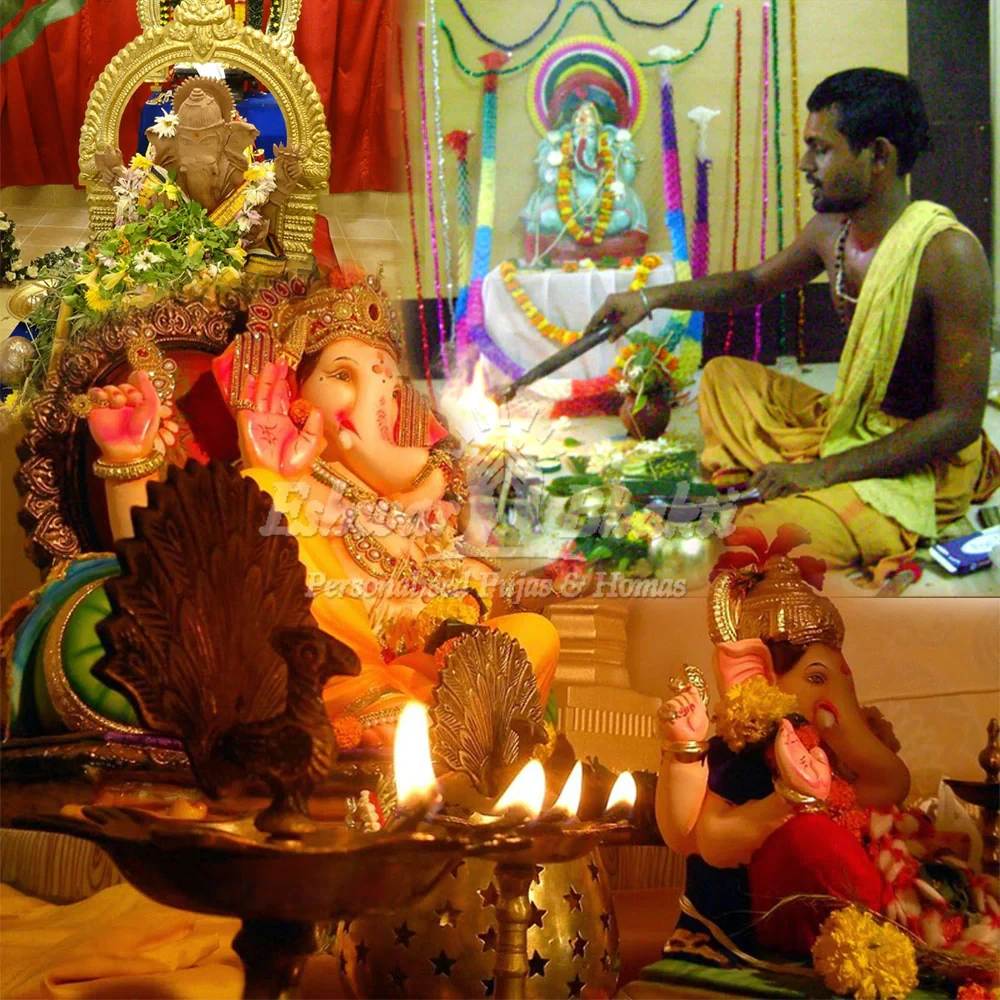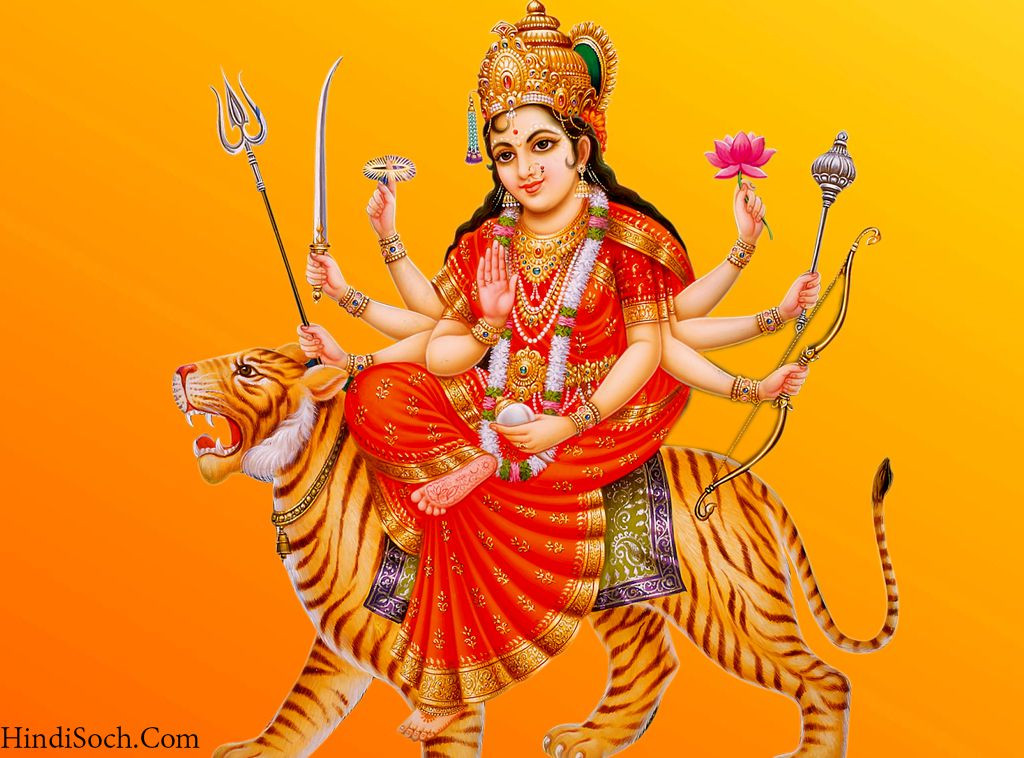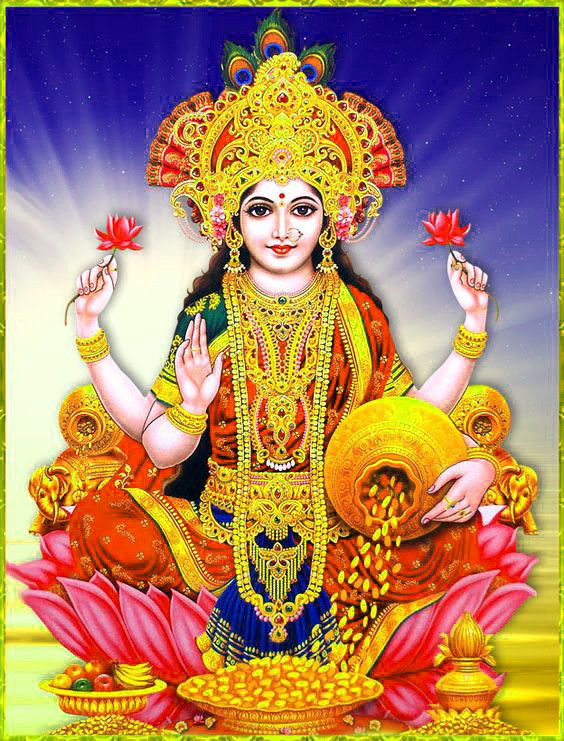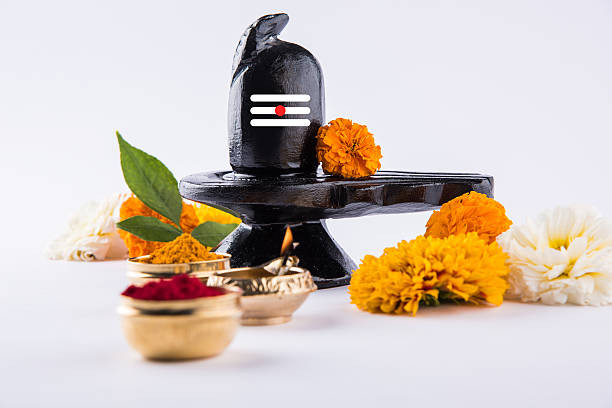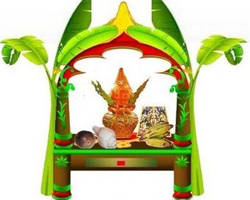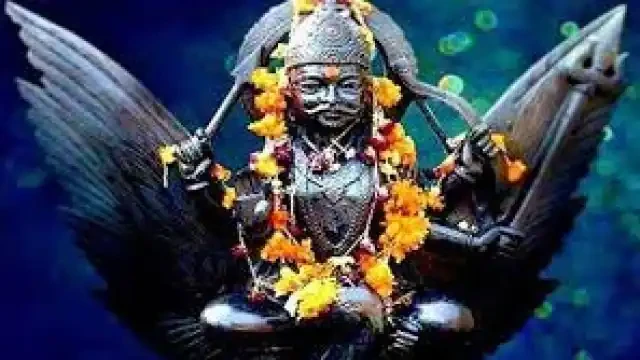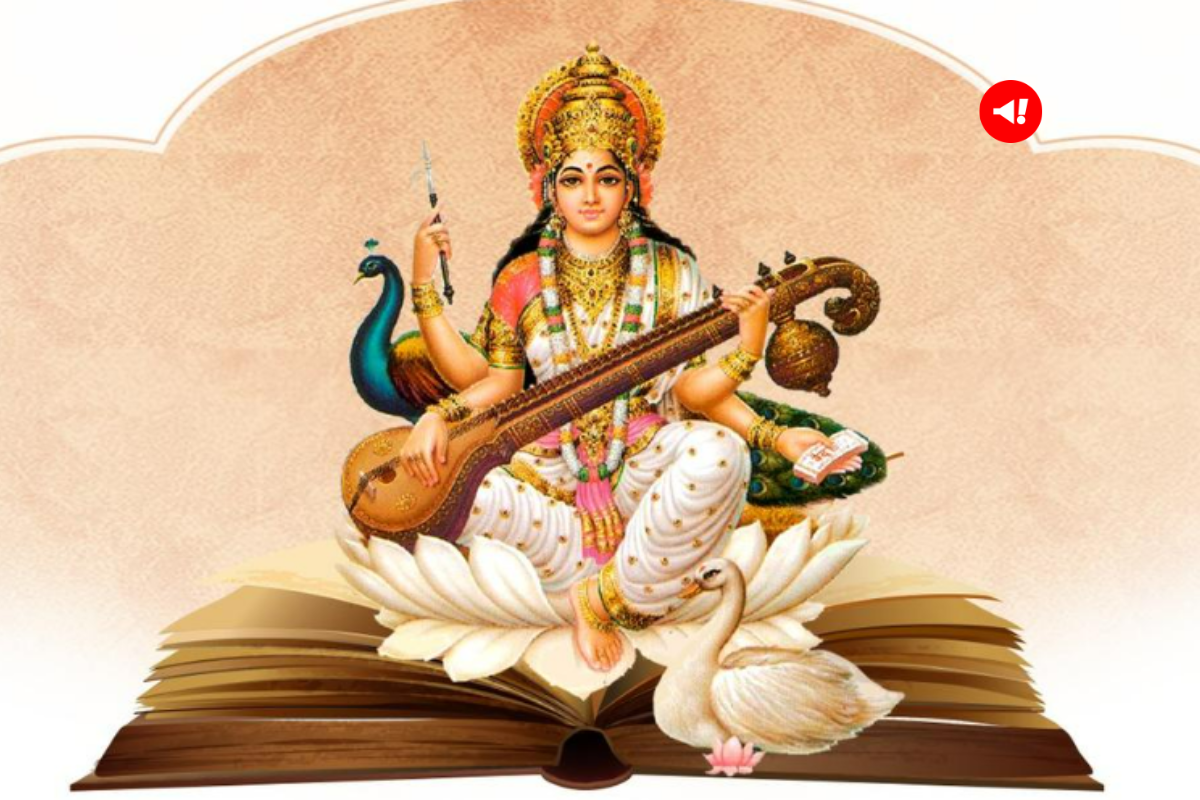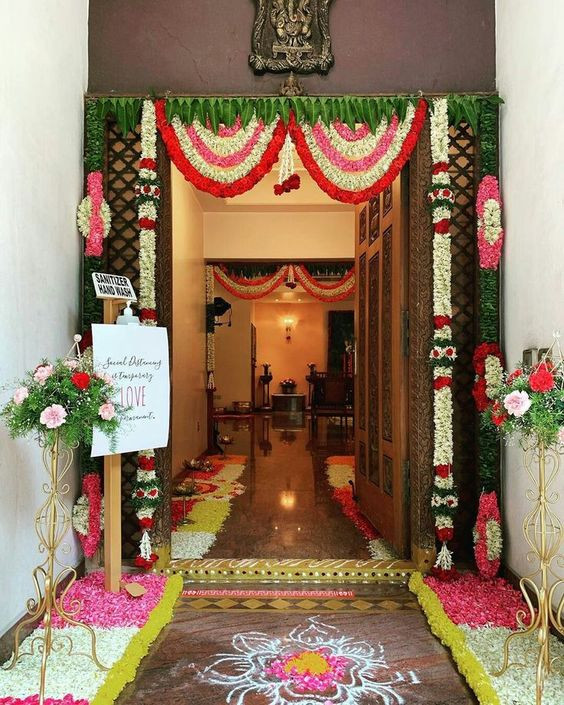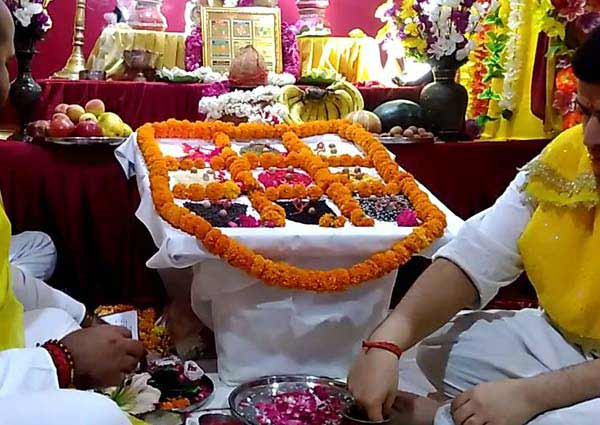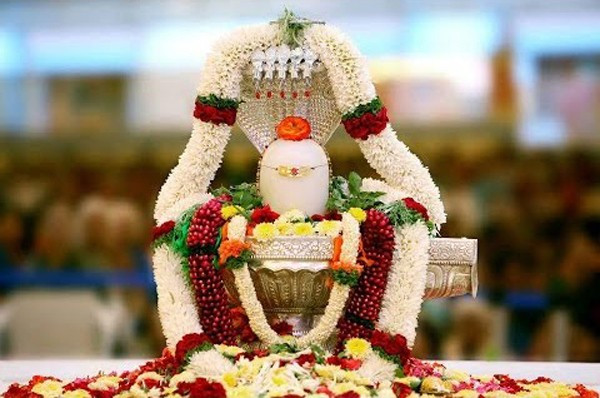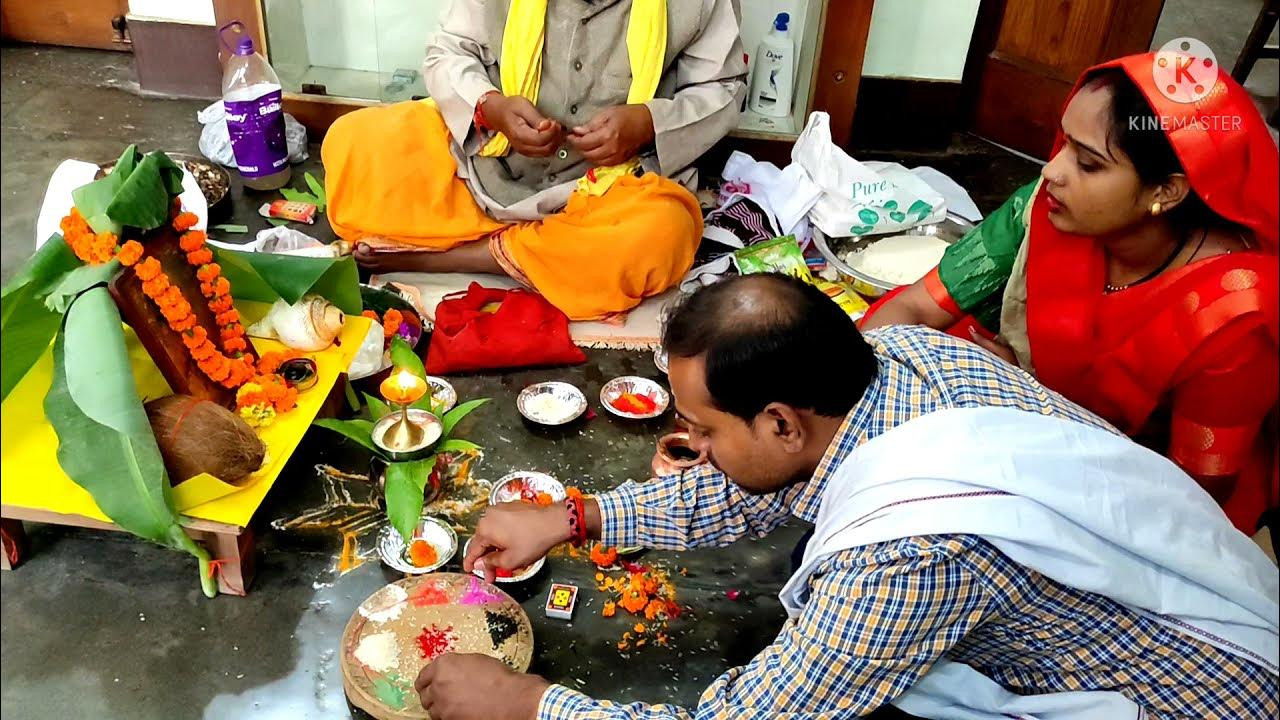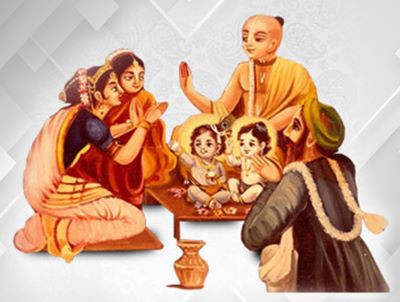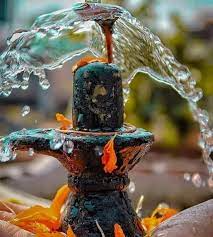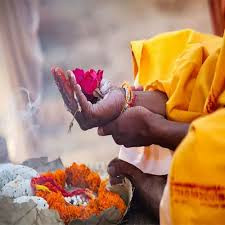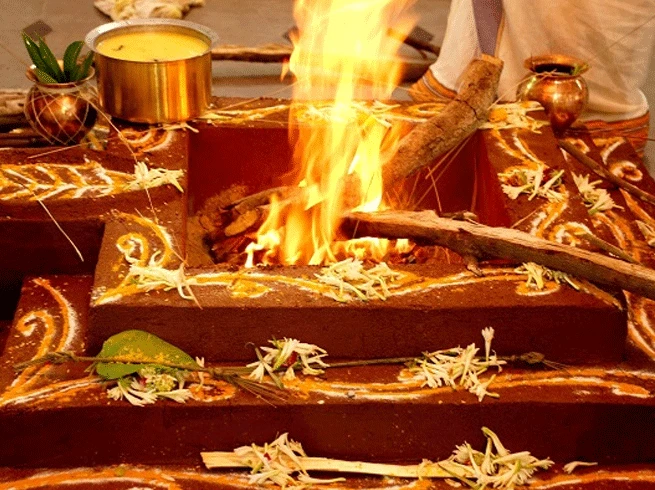
Hawan Puja.
Hawan, also known as Yajna or Homam, is a traditional Hindu ritual involving the ceremonial and symbolic offering of items into a consecrated fire. This ritual has deep roots in Vedic traditions and is considered a form of worship or puja. Hawan is performed for various purposes, including seeking blessings, purification, and expressing gratitude to deities.
Here's an overview of the Hawan puja:
1. Preparation:
- The ritual begins with the preparation of the hawan kund, a special fire pit or vessel. The kund is usually square or circular and made of bricks or metal.
2. Selection of Ingredients:
- Various natural ingredients are selected for the hawan, each representing different aspects and energies. Common items include ghee (clarified butter), samagri (a mixture of herbs, grains, and other substances), twigs, and wood.
3. Invocation of Deities:
- The ceremony typically starts with the invocation of deities and the seeking of their presence and blessings.
4. Kindling the Fire:
- The main priest, or the yajamana, kindles the fire in the hawan kund using specific chants and mantras.
5. Chanting of Mantras:
- Throughout the hawan, Vedic mantras are recited by the priest, each having a specific significance and purpose. The mantras are believed to invoke divine energies and cosmic forces.
6. Offering of Items:
- Various items, including grains, fruits, and symbolic representations of deities, are offered into the fire as part of the ritual. Ghee is a common offering, symbolizing the offering of one's ego into the divine fire.
7. Smoke and Ash:
- The smoke that rises from the hawan is considered sacred, and individuals may pass their hands over it and then touch their heads, symbolizing purification. The ash produced during the hawan is also considered auspicious.
8. Intention and Purpose:
- Individuals may perform hawan for specific intentions, such as seeking health, prosperity, harmony, or spiritual growth. The rituals and mantras used can vary based on the purpose.
9. Recitation of Scriptures:
- The priest may recite portions of Vedic scriptures, such as the Rigveda, during the hawan.
10. Conclusion and Distribution of Prasad: - The hawan concludes with the offering of the final oblations and the recitation of concluding mantras. Participants may receive prasad, which is the blessed food or items offered during the ceremony.
11. Symbolism: - Hawan is symbolic of the cyclical nature of creation, preservation, and dissolution. The fire represents the divine presence and the transformative power of energy.
Hawan is not only performed at homes but is also a common feature in larger ceremonies, weddings, and religious gatherings. It is considered a sacred and purifying act, and many individuals engage in hawan as a means of spiritual practice and seeking divine blessings. The specific rituals and customs can vary across different regions and communities within the Hindu tradition.
What you will get:
- When organizing a Hawan Puja, individuals or families typically arrange for several components to ensure the smooth conduct of the ritual. While the specific items and arrangements can vary based on personal preferences, cultural traditions, and the guidance of the priest or pandit, here is a general list of what you might provide or arrange for a Hawan Puja:
- 1. Consultation: Initial consultation with a knowledgeable priest or religious advisor to discuss the purpose and intentions behind the Hawan Puja.
- 2. Venue Setup: Selection and setup of the venue, which could be a temple, a designated religious space, or your home. Ensure the arrangement of a Hawan kund (fire pit), typically made of bricks or metal.
- 3. Pandit or Priest Services: Engagement of an experienced Hindu priest or pandit who specializes in performing Hawan ceremonies.
- 4. Hawan Kund Setup: Arrangement of materials for the Hawan kund, including bricks, wood, ghee (clarified butter), and samagri (a mixture of herbs and other substances).
- 5. Hawan Samagri Provision of essential hawan samagri such as Ghee, Rice, Jau, Aam ki lakdi, Til, Laung, Coconut, incense, camphor and other traditional offerings.
- 6. edic Scriptures: Availability of Vedic scriptures, if the priest will be reciting specific mantras or chants during the Hawan.
- 7. Offerings: Arrangement of items to be offered into the consecrated fire, symbolizing prayers and intentions. Common offerings include grains, fruits, and symbolic representations of deities.
- 8. Milk, Ghee, and Other Materials: Provision of milk for abhishek (ritual bathing), ghee for offerings, and any other specific materials required for the Hawan.
- 9. Lighting Materials: Ensure the availability of materials for lighting the fire, such as matches or a suitable fire starter.
- 10. Clean Water: Have clean water available for various ritualistic purposes, including purification.
- 11. Prasad Preparation: Prepare prasad (blessed food) to be distributed to attendees. This may include fruits, sweets, or other items offered during the Hawan.
- 12. Puja Clothes: Wear traditional and clean attire suitable for the puja. Consider having additional clothes for the priest or pandit.
- 13. Guest Accommodations (if applicable): If the Hawan is organized at a temple or a distant location, arrange accommodations for guests and the priest.
- 14. Photography/Videography (optional): If desired, arrange for photography or videography to capture the moments of the Hawan for personal or documentation purposes.
- 15. Seating Arrangements: Ensure comfortable seating arrangements for attendees, including mats or cushions.
- 16. Dakshina (Offering to the Priest): Prepare an envelope containing dakshina (offering) for the priest, a customary practice to show appreciation for their services.
- 17. Educational Insights: If interested, request insights from the priest explaining the significance and meaning behind the rituals performed during the Hawan.
- 18. Aarti Plates and Utensils: Provide plates and utensils for aarti (ceremonial light waving) and other ritualistic activities.
- 19. Communication: Clearly communicate with the priest about any specific customs, traditions, or preferences you would like incorporated into the Hawan Puja.
- It's crucial to consult with us for the priest or pandit beforehand to understand specific requirements and ensure that the Hawan Puja aligns with your spiritual and cultural preferences.
Benifits of the Package:
- Hawan, also known as Yajna or homa, is a Hindu ritual involving a sacred fire ceremony. It has been a significant part of Hindu traditions and is performed for various purposes. The benefits of Hawan Puja are believed to be both spiritual and material. Here are some common perceived benefits:
- Purification: The primary purpose of Hawan is purification. The sacred fire is considered a purifying agent that cleanses the environment, the participants, and the offerings made during the ritual.
- Spiritual Upliftment: Hawan is believed to have spiritual significance, creating a connection between the physical and metaphysical realms. The recitation of Vedic mantras and the offerings made during Hawan are thought to invoke divine blessings.
- Removal of Negativity: The fire in Hawan is seen as a symbol of purity and energy. The ritual is thought to dispel negative energies and purify the surroundings, promoting a positive and harmonious atmosphere.
- Health Benefits: The medicinal herbs and substances used in Hawan are believed to have therapeutic properties. Inhaling the smoke produced during the ceremony is thought to have positive effects on respiratory health.
- Agricultural Prosperity: In some traditions, Hawan is performed to seek blessings for agricultural prosperity. It is believed to enhance fertility, promote good harvests, and bring overall abundance to the land.
- Fulfillment of Desires: Devotees often perform Hawan to seek the blessings of specific deities for the fulfillment of desires, be it personal, familial, or related to success and well-being.
- Offering Gratitude: Hawan is a way of expressing gratitude to the divine forces, acknowledging the interconnectedness of all life and the importance of cosmic harmony.
- Balancing Cosmic Energies: The mantras and rituals performed during Hawan are believed to balance the cosmic energies and align them with the well-being of individuals and the universe.
- Promotion of Unity and Brotherhood: Hawan is often performed collectively, bringing communities together. It fosters a sense of unity, brotherhood, and social harmony among the participants.
- Warding Off Evil Forces: The smoke generated during Hawan is considered to have the ability to repel negative forces and protect individuals from malevolent influences.
- The perceived benefits of Hawan Puja are deeply rooted in cultural and religious beliefs. Different communities and traditions may have variations in the way Hawan is performed and the specific benefits associated with it. Additionally, the spiritual benefits are subjective and may vary from individual to individual based on their faith and personal experiences.
Service Availability
- Sunday 08:00 AM - 02:00 PM
- Monday 08:00 AM - 02:00 PM
- Tuesday 08:00 AM - 02:00 PM
- Wednesday 08:00 AM - 02:00 PM
- Thursday 08:00 AM - 02:00 PM
- Friday 01:00 AM - 05:30 AM
- Saturday 01:20 AM - 12:40 PM

